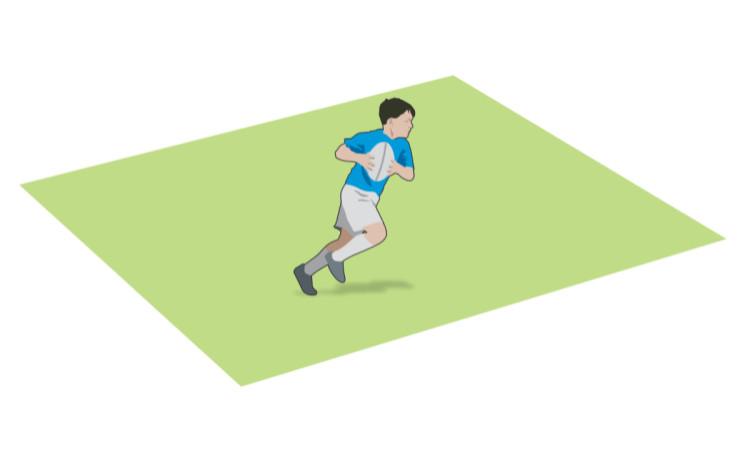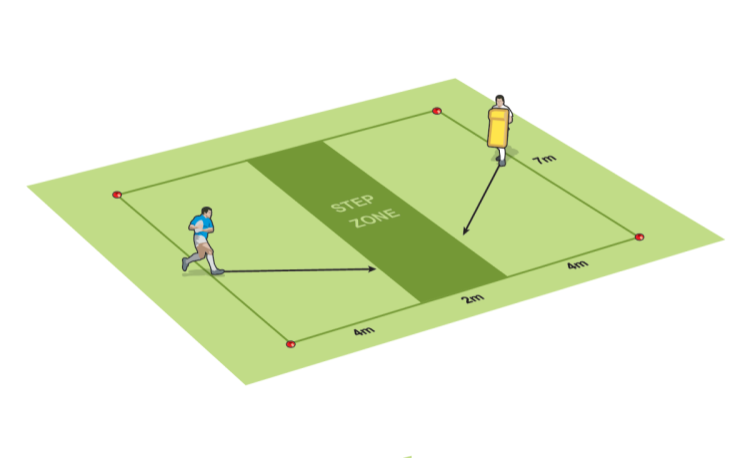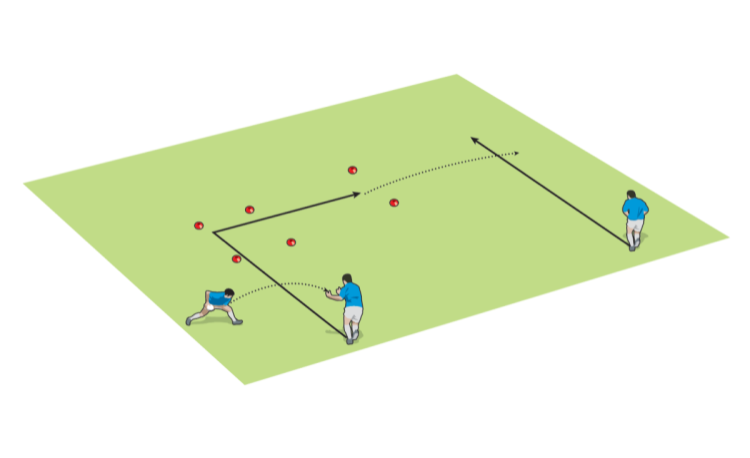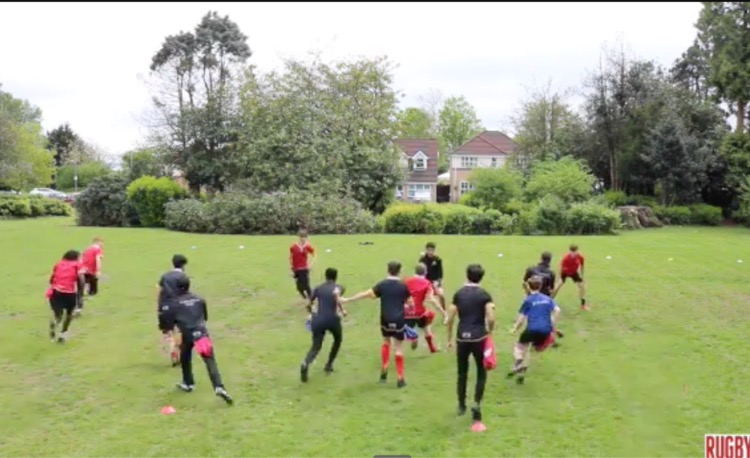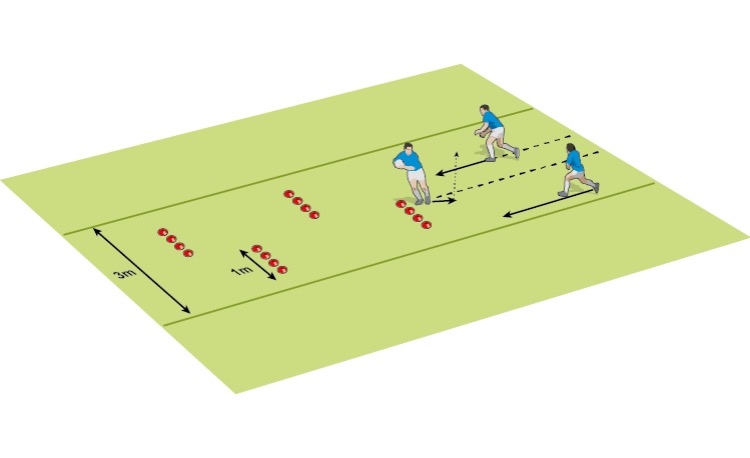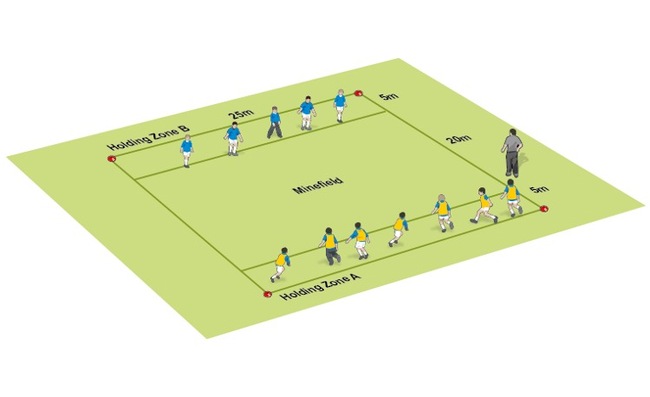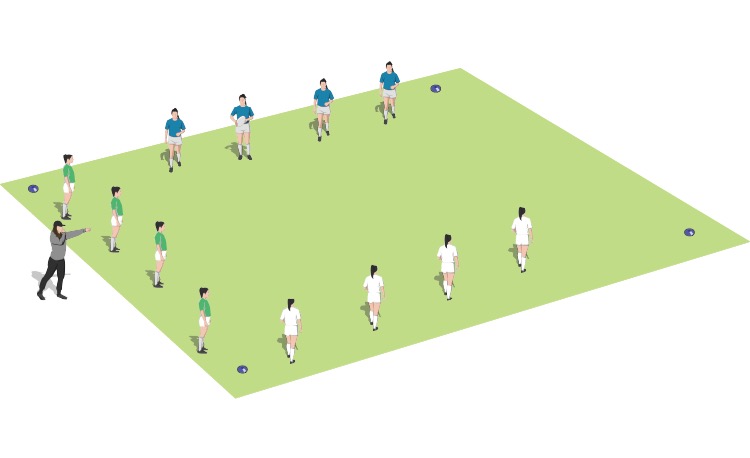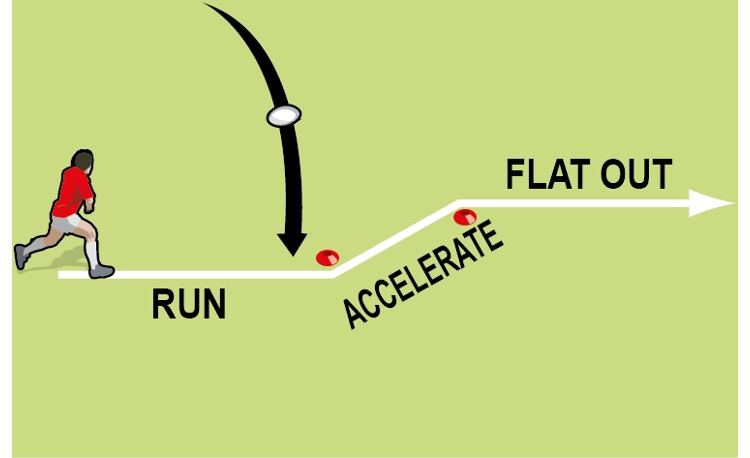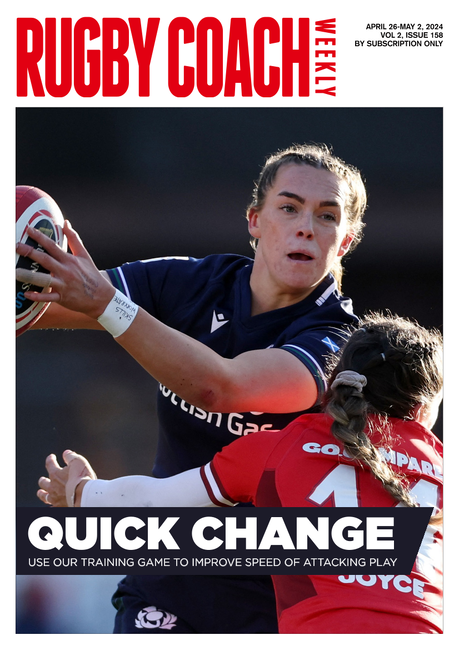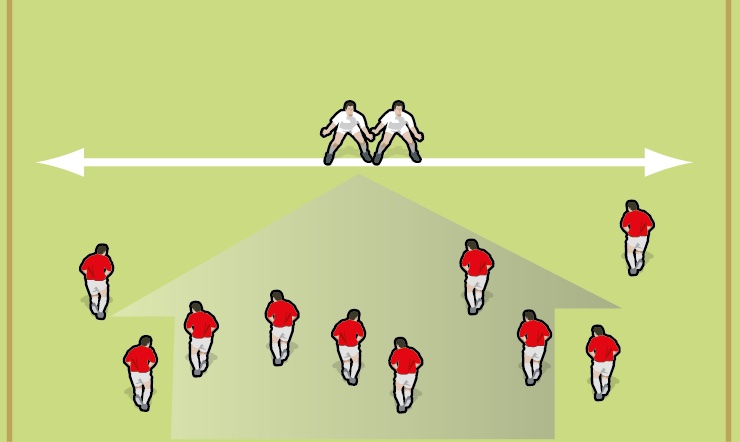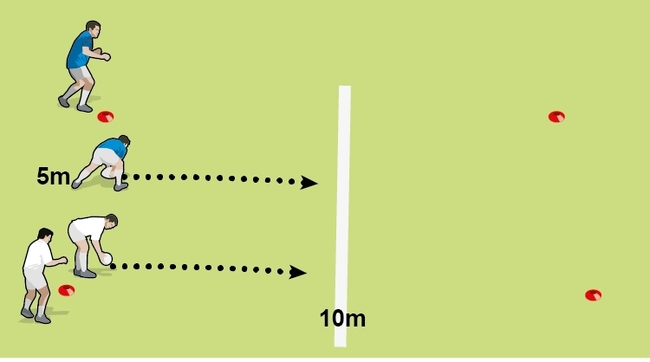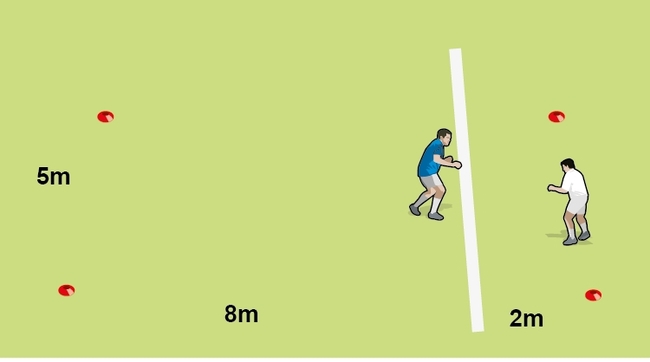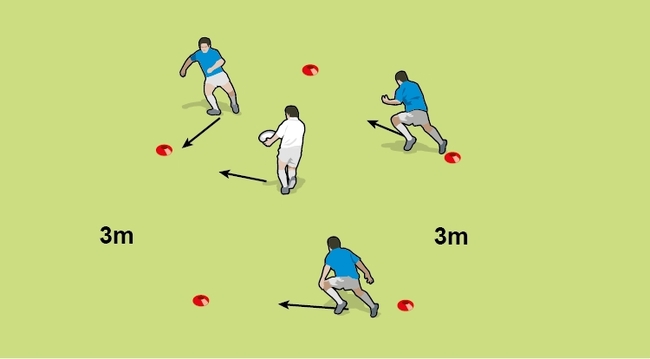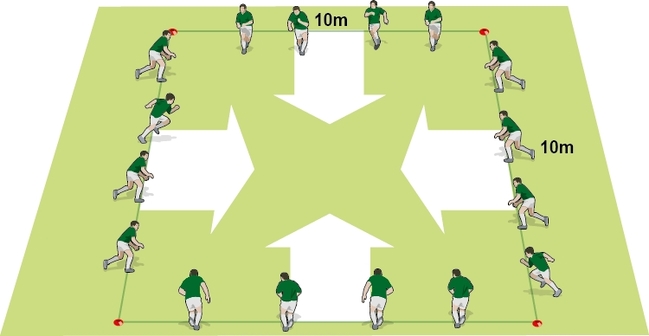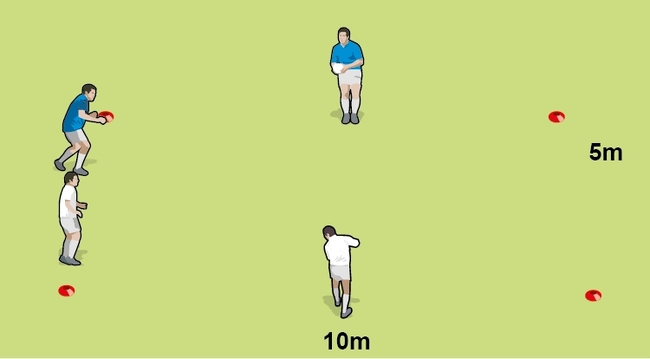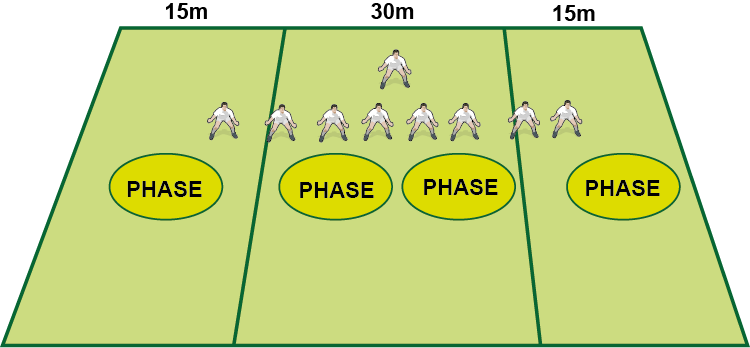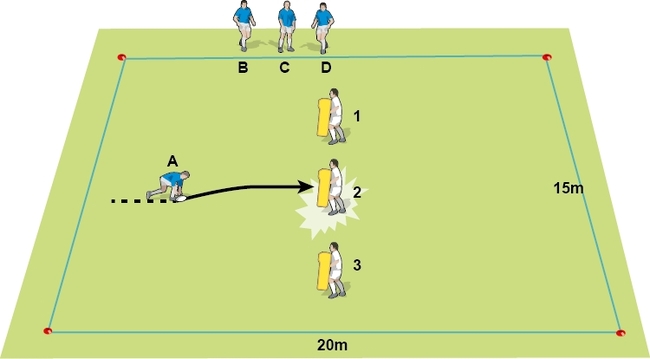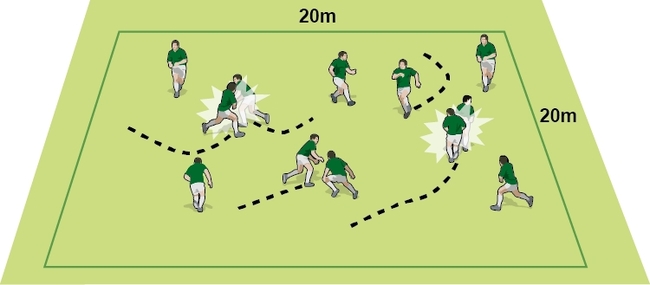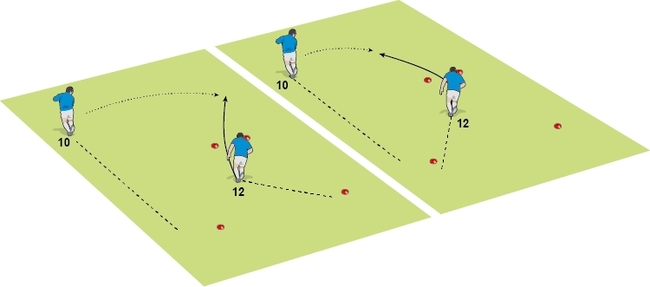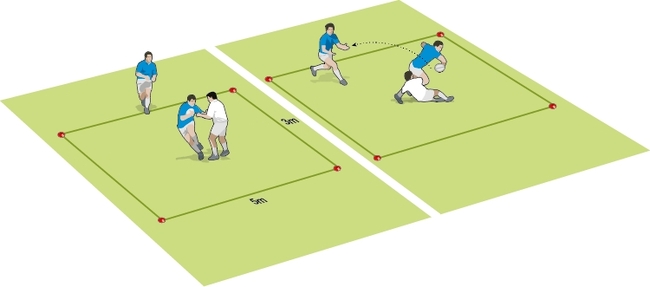Footwork & Evasion
In rugby, footwork and evasion skills are the “fine arts” – ways to run with the ball and beat players with skill, pace and panache. These articles include ways to coach players to have “rugby speed” not just pace, and evade contact with nifty “rugby footwork”. Try one of the footwork and evasion drills below at your next session and see how you get on.
Popular Activities
Newsletter Sign Up
Coaches' Testimonials

Colin Shaw

Gary Lee Heavner
Be a more effective, more successful rugby coach
In a recent survey 89% of subscribers said Rugby Coach Weekly makes them more confident, 91% said Rugby Coach Weekly makes them a more effective coach and 93% said Rugby Coach Weekly makes them more inspired.
Get Weekly Inspiration
All the latest techniques and approaches
Rugby Coach Weekly offers proven and easy to use rugby drills, coaching sessions, practice plans, small-sided games, warm-ups, training tips and advice.
We've been at the cutting edge of rugby coaching since we launched in 2005, creating resources for the grassroots youth coach, following best practice from around the world and insights from the professional game.
